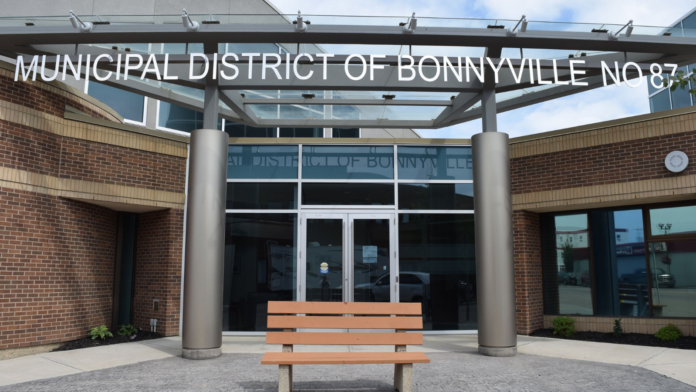The Municipal District of Bonnyville council has approved a 3.4 percent tax increase for the 2025 budget, opting for a more moderate rise than the originally proposed five percent.
The decision follows the receipt of the provincial Assessment Year Modifiers (AYMs), which brought an unexpected increase in revenue. AYMs are adjustments to base property assessments reflecting current costs, determined annually by Alberta municipal Affairs.
Susan Walker, General Manager of Corporate Services, reported during the December 10 meeting that the AYMs provided an estimated additional revenue of $1.6 million. Based on these figures, administration suggested utilizing $1 million of the increase to lower the proposed tax hike from five percent to 3.4 percent. Walker emphasized that the projection, though approximate, provided a sound basis for the adjusted budget.
The decision came after a contentious debate. Some council members, including Deputy Reeve Darcy Skarsen and coun. Mike Krywiak, argued against a five percent increase, citing concerns about unnecessarily inflating reserves. Meanwhile, other, including coun. Don Slipchuk and Ben Fadeyiw, supported the larger increase, stressing the importance of addressing infrastructure needs and avoid a financial crisis in the future.
Walker highlighted the risks of neglecting infrastructure investment, earning of scenarios like that in Osoyoos, where a prolonged period of low tax rates led to a sudden 39 percent hike to address neglected projects. “Continuing a zero increase strategy can mean hitting a wall,” she cautioned.
Reeve Barry Kalinski ultimately sided with the more modest increase, feeling the full five percent was unwarranted given the improved revenue outlook. the motion for the 3.4 percent increase, made by Skarsen, passed with a four to three vote.
While the 3.4 percent hike addresses current operational and capital needs, it reflects a compromise between fiscal prudence and infrastructure planning. Council remains divided on the approach to balancing short-term tax relief with long-term financial sustainability, lining the challenges of managing public finds amidst inflation and growing infrastructure demands.




